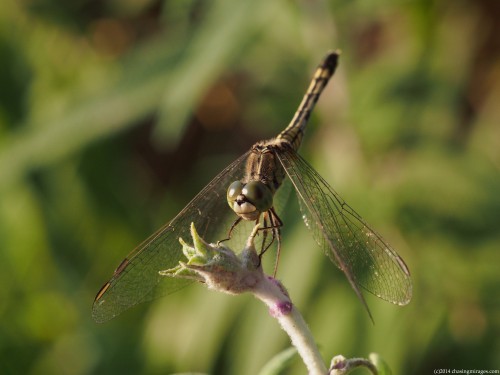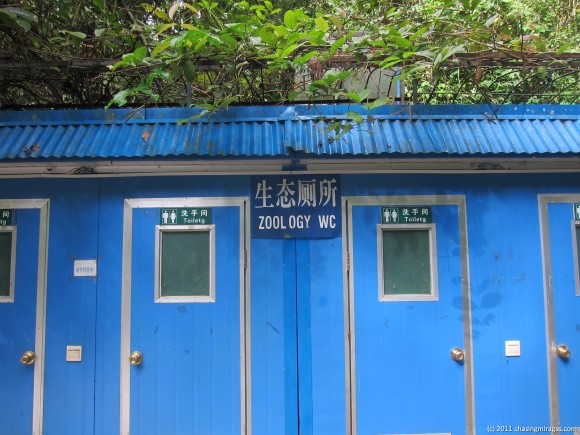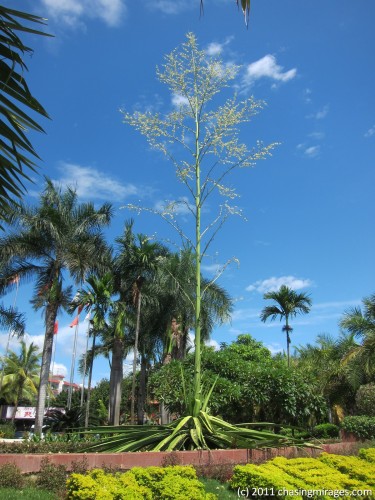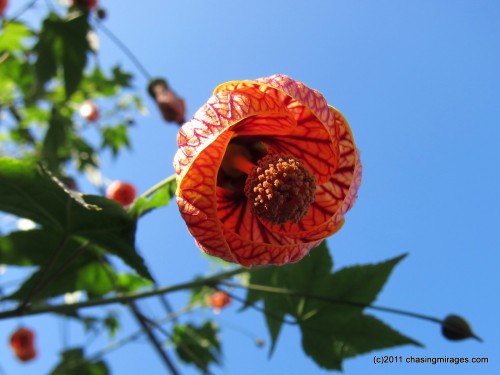Back in 2012, I ended a southeast Asia trip by crossing overland from Laos into Sipsongpanna. Â As you might remember, this southernmost area of Yunnan left some deep impressions in my mind, and it’s a joy to be here again.
I’m now here taking a month-long field course in the Sipsongpanna Tropical Botanical Garden, one of the largest botanical gardens in China and an active research institute of the Chinese Academy of Sciences. Â It’s a precious opportunity to become more familiar with one of my favorite places in this country.
This wouldn’t be chasingmirages without an environmental tragedy. Â Here, the most visible destruction is the wholesale conversion of native tropical forest into rubber tree plantations. Â More to come on this important issue. Â For now, please try to identify the species of dragonfly in my latest macro shot (taken in the Sipsongpanna Tropical Botanical Garden) by leaving a comment below. Â Another lame reward for the first person to correctly identify it!
Note: click on the image for the full-size file. Â Check out those compound eyes!




